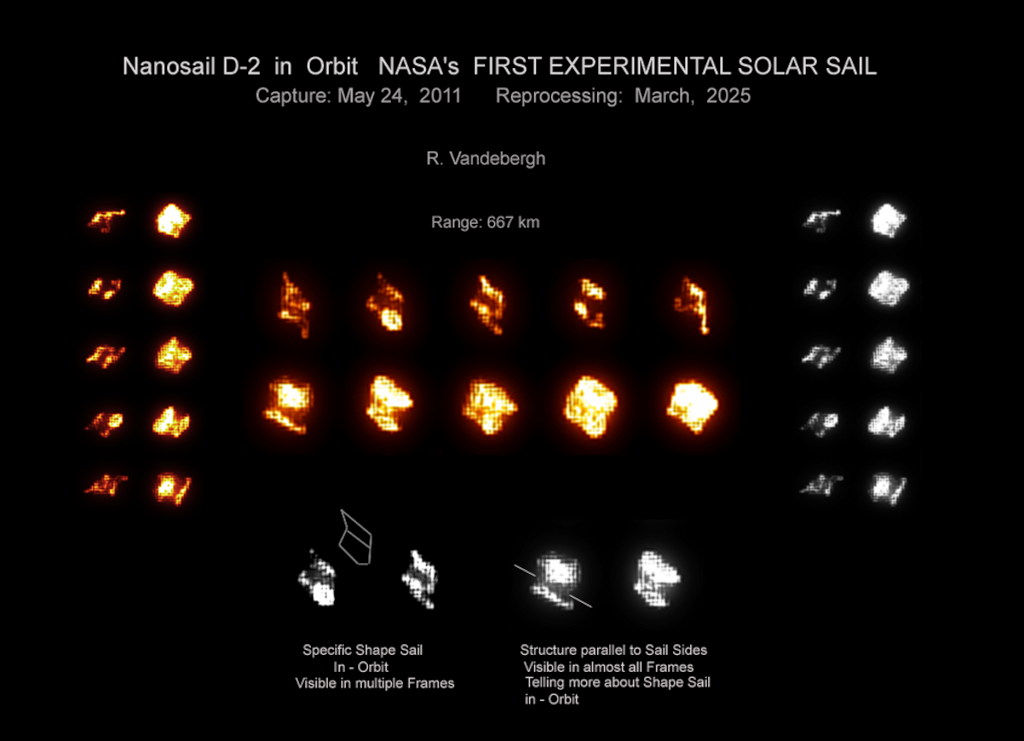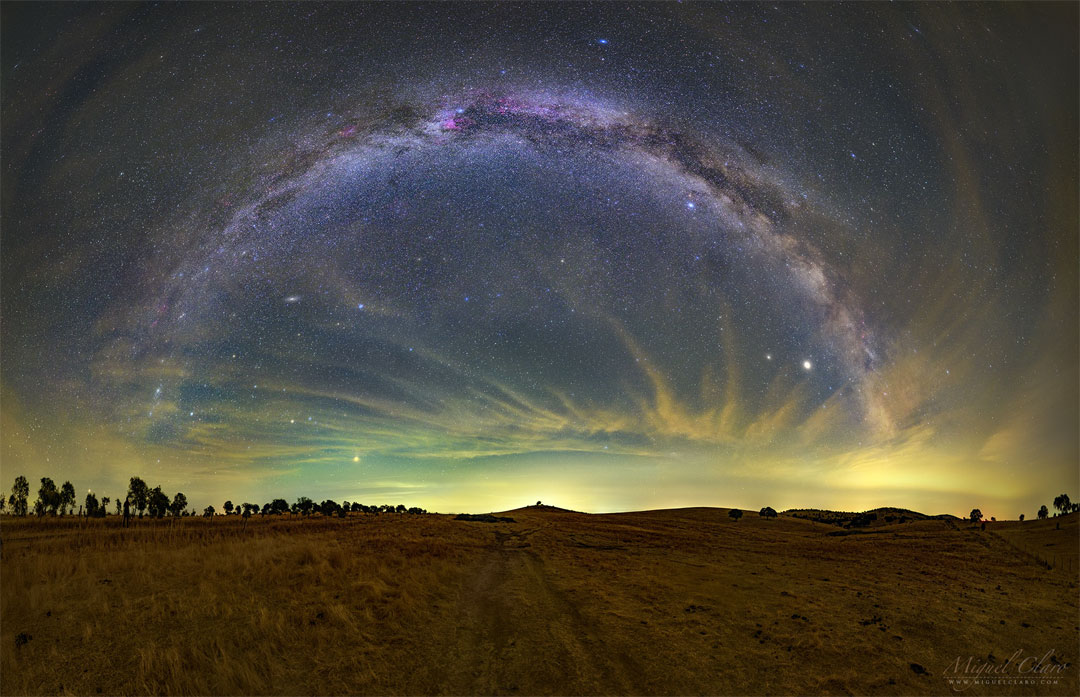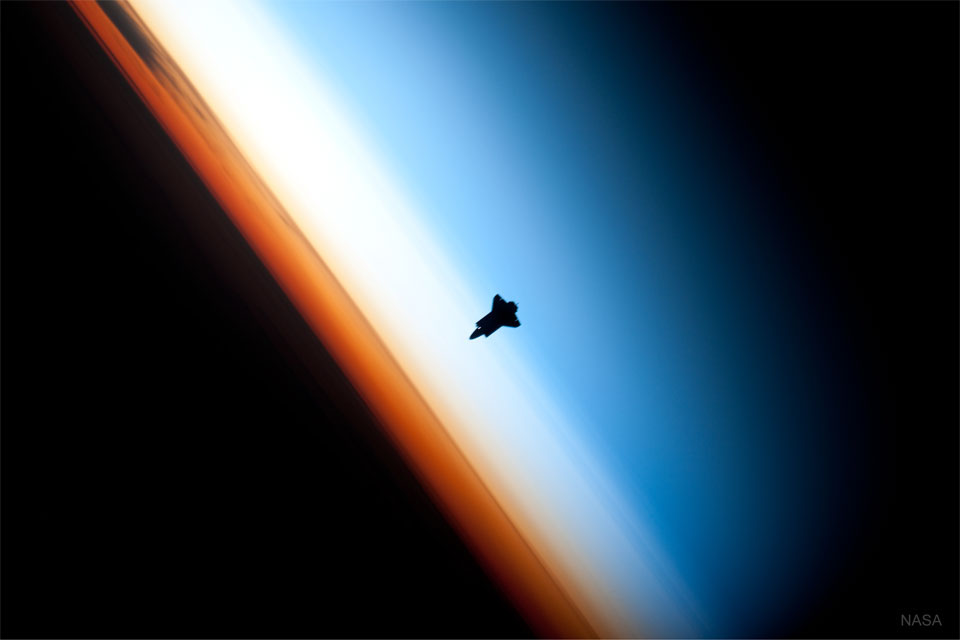Nombre total de pages vues
23/04/2022
ASTRONOMY - Messier 104
2022 April 23
Image Credit: NASA, ESA, Hubble Legacy Archive;
Processing & Copyright: Ignacio Diaz Bobillo
Explanation: A gorgeous spiral galaxy, Messier 104 is famous for its nearly edge-on profile featuring a broad ring of obscuring dust lanes. Seen in silhouette against an extensive central bulge of stars, the swath of cosmic dust lends a broad brimmed hat-like appearance to the galaxy suggesting a more popular moniker, the Sombrero Galaxy. This sharp view of the well-known galaxy was made from over 10 hours of Hubble Space Telescope image data, processed to bring out faint details often lost in the overwhelming glare of M104's bright central bulge. Also known as NGC 4594, the Sombrero galaxy can be seen across the spectrum, and is host to a central supermassive black hole. About 50,000 light-years across and 28 million light-years away, M104 is one of the largest galaxies at the southern edge of the Virgo Galaxy Cluster. Still, the spiky foreground stars in this field of view lie well within our own Milky Way.
22/04/2022
ASTRONOMY - Around the World at Night
2022 April 22
Video Credit & Copyright: Jeff Dai (TWAN, IDA), Music: Peter Jeremias
Explanation: Watch this video. In only a minute or so you can explore the night skies around planet Earth through a compilation of stunning timelapse sequences. The presentation will take you to sites in the United States, Germany, Russia, Iran, Nepal, Thailand, Laos and China. You might even catch the view from a small island in the southeastern Pacific Ocean. But remember that while you're home tonight, the night sky will come to you. Look up and celebrate the night during this International Dark Sky Week.
21/04/2022
ASTRONOMY - Apollo 16 Moon Panorama
2022 April 21
Image Credit: Apollo 16, NASA; Panorama Assembly: Mike Constantine
Explanation: Fifty years ago, April 20, 1972, Apollo 16's lunar module Orion touched down on the Moon's near side in the south-central Descartes Highlands. While astronaut Ken Mattingly orbited overhead in Casper the friendly command and service module the Orion brought John Young and Charles Duke to the lunar surface. The pair would spend nearly three days on the Moon. Constructed from images (AS16-117-18814 to AS16-117-18820) taken near the end of their third and final surface excursion this panoramic view puts the lunar module in the distance toward the left. Their electric lunar roving vehicle in the foreground, Duke is operating the camera while Young aims the high gain communications antenna skyward, toward planet Earth.
20/04/2022
ASTRONOMY - Stars and Globules in the Running Chicken Nebula
2022 April 19
Image Credit & Copyright: Stefan Steve Bemmerl
Explanation: The eggs from this gigantic chicken may form into stars. The featured emission nebula, shown in scientifically assigned colors, is cataloged as IC 2944 but known as the Running Chicken Nebula for the shape of its greater appearance. Seen toward the bottom of the image are small, dark molecular clouds rich in obscuring cosmic dust. Called Thackeray's Globules for their discoverer, these "eggs" are potential sites for the gravitational condensation of new stars, although their fates are uncertain as they are also being rapidly eroded away by the intense radiation from nearby young stars. Together with patchy glowing gas and complex regions of reflecting dust, these massive and energetic stars form the open cluster Collinder 249. This gorgeous skyscape spans about 60 light-years at the nebula's estimated 6,500 light-year distance.
18/04/2022
ASTRONOMY - Stars and Planets over Portugal
2022 April 18
Image Credit & Copyright: Miguel Claro (TWAN, Dark Sky Alqueva)
Explanation: The mission was to document night-flying birds -- but it ended up also documenting a beautiful sky. The featured wide-angle mosaic was taken over the steppe golden fields in Mértola, Portugal in 2020. From such a dark location, an immediately-evident breathtaking glow arched over the night sky: the central band of our Milky Way galaxy. But this sky had much more. Thin clouds crossed the sky like golden ribbons. The planet Mars appeared on the far left, while the planets Saturn and Jupiter were also simultaneously visible -- but on the opposite side of the sky, here seen on the far right. Near the top of the image the bright star Vega can be found, while the far-distant and faint Andromeda Galaxy can be seen toward the left, just below Milky Way's arch. As the current month progresses, several planets are lining up in the pre-dawn sky: Jupiter, Venus, Mars, and Saturn.
17/04/2022
ASTRONOMY - Shuttle Over Earth
2022 April 17
Image Credit: NASA, Expedition 22 Crew
Explanation: What's that approaching? Astronauts on board the International Space Station in 2010 first saw it far in the distance. Soon it enlarged to become a dark silhouette. As it came even closer, the silhouette appeared to be a spaceship. Finally, the object revealed itself to be the Space Shuttle Endeavour, and it soon docked as expected with the Earth-orbiting space station. Pictured here, Endeavour was imaged near Earth's horizon as it approached, where several layers of the Earth's atmosphere were visible. Directly behind the shuttle is the mesosphere, which appears blue. The atmospheric layer that appears white is the stratosphere, while the orange layer is Earth's Troposphere. Together, these thin layers of air -- collectively spanning less than 2 percent of Earth's radius -- sustain us all in many ways, including providing oxygen to breath and a barrier to dangerous radiations from space.
16/04/2022
CENSURE - Facebook ou le pouvoir de l'arbitraire !
ASTRONOMY - Orion Pines
Image Credit & Copyright: Juan Carlos Casado (Starry Earth, TWAN)
Explanation: Taken with a camera fixed to a tripod, many short exposures were aligned with the stars to unveil this beautiful, dark night sky. Captured near the rural village of Albany`a at the northeastern corner of Spain, the three stars of Orion's belt stretch across top center in the starry frame. Alnitak, the easternmost (left) of the belt stars is seen next to the more diffuse glow of the Flame Nebula and the dark notch of the famous Horsehead. Easily visible to the naked-eye The Great Nebula of Orion is below the belt stars. A mere 1,500 light-years distant, it is the closest large stellar nursery to our fair planet. Best seen in photographs, the broad and faint arc of Barnard's Loop seems to embrace Orion's brighter stars and nebulae though. In the northern spring the familiar northern winter constellation is setting. Near the western horizon toward lower right Orion's apparently bright blue supergiant Rigel just touches the branches of a pine tree.
ASTRONOMY - NanoSail-D2
2026 January 2 NanoSail-D2 Image Credit & Copyright : Ralf Vandebergh Explanation: In 2011, on January 20, NASA's NanoSail-D2 ...

-
2022 September 26 All the Water on Planet Earth Illustration Credit: Jack Cook, Adam Nieman, Woods Hole Oceanographic Institution ; Data ...
-
2025 May 11 The Surface of Venus from Venera 14 Image Credit: Soviet Planetary Exploration Program , Venera 14 ; Processing & Copyri...






